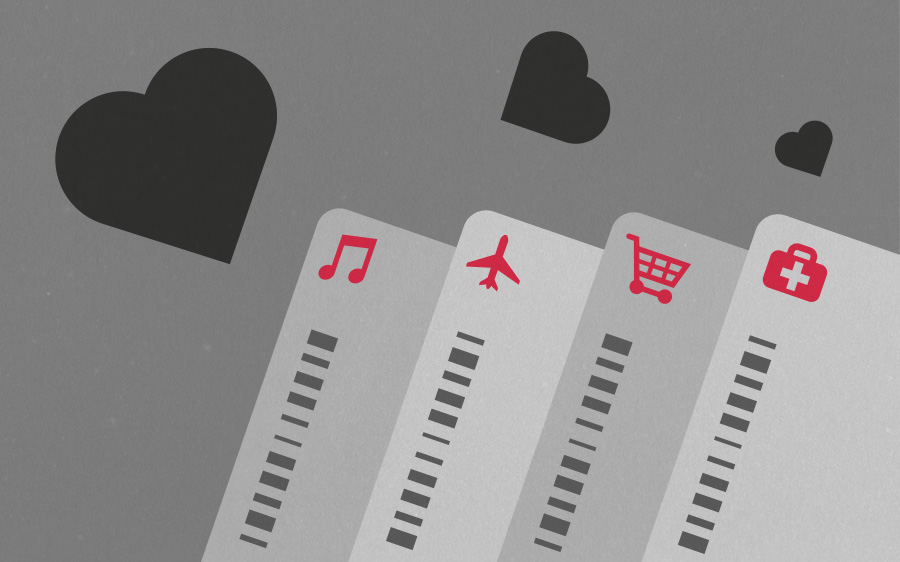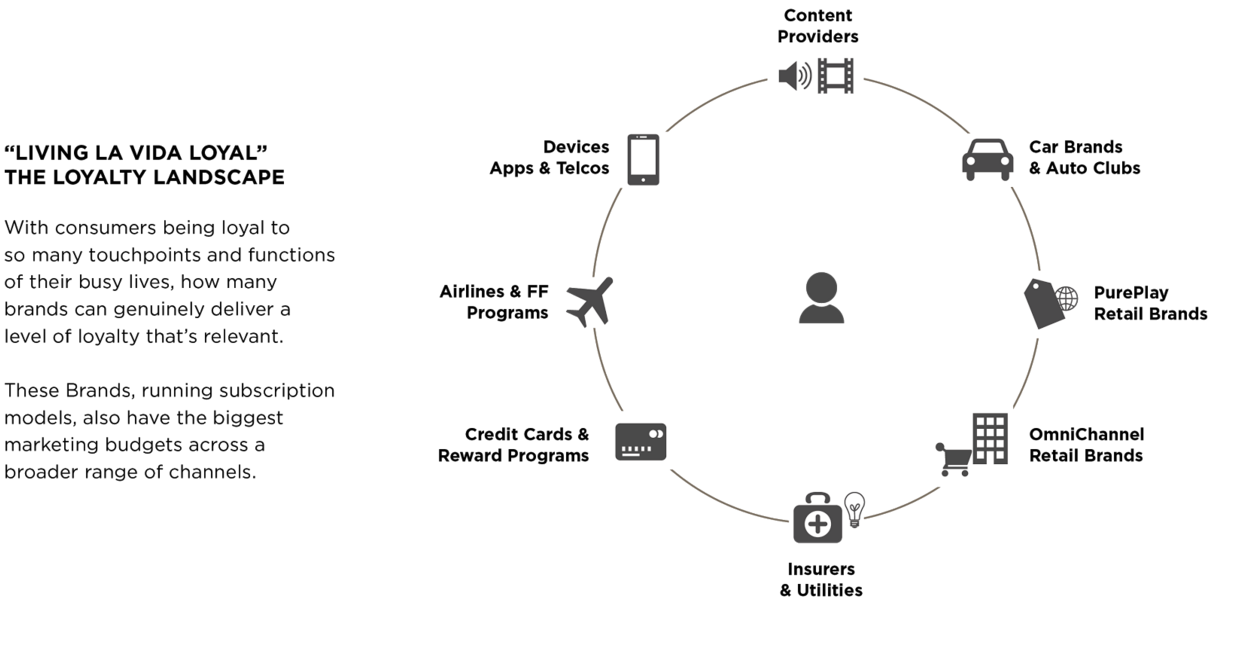
Living la vida loyal
In a recent workshop, I was asked how much value should be placed on building and retaining customer loyalty. Later, I was asked about one thing that will change commerce over the coming years. When I went back over those answers, it was clear that the two were intrinsically linked. The following 6-minute read covers these topics and a little more which prompted me to call this article “Living La Vida Loyal”.
At times, I do genuinely feel that some marketers in Australia think we have a population of 75M+. Maybe this is being driven by the digital marketing landscape more than anything, but the only population retail businesses should focus on is the actual size of their opportunity pool and their number of loyal customers.
According to the ABS population clock, our current population is estimated to be around 23,943,908. For the sake of this article, let’s split it down the middle for gender, and take into account approximately 9.6M households actively consuming in this great nation of ours.
Let’s now think about a sizeable fashion retail brand with 50,000 customers in their database or CRM. Based on this and an assumption of around 10M active customers in the population, it only really takes 200 businesses of this scale to cover the majority of potential customers once. Much less when it’s a brand skewed by gender. So the next question for consumer marketers really becomes – how many brands can a consumer be genuinely loyal to today?
While most people are engaging, subscribing and following a number of brands, it’s hard to imagine people are genuinely loyal to more than 5 – meaning they would buy 2 to 3 or more times a year. Bear in mind, people may also be loyal to brands, but be buying them from different retailers and types of businesses including eBay and other web-enabled marketplaces.
To support this market scale insight, let’s look back to June 2014 when there were over 2M businesses operating in Australia. While they range in size and type of industry, the numbers paint an interesting picture when looking back further to 2010 – where the number of retail businesses in fashion alone, including clothing, footwear, accessories and jewellery were well over 20,000 in number nationally. This figure also included over 4,000 department stores. Today, these numbers would portray a more graphic and diverse image, as we also have an extraordinary amount of small businesses per capita and backyard commerce flying under the radar.
On this note, let’s turn to the continuing rise and influence of digital marketing and the ability for any sized business to harness the opportunities that low cost and high reach provide. Users are clicking, sharing, subscribing, liking, following, bookmarking, and so on. There are social networks, apps, sites, eMails, kiosks, the POS, the offline, the online – a plethora of influence, persuasion, urgency, opportunity and consideration being delivered daily. Some of it is by choice, or preference, some of it by desire, some unsolicited. Take into account the proliferation of social media and you’re also competing with the influence of your friendships, peers and lookalikes. Regardless of where these consumers sit in your conversion funnel, the message could not be clearer – your share of voice is diminishing by the day, and none of these people are even loyal customers yet.
Let’s enter a shopping centre, where a client shared this sobering quote – “All the people walking through this shopping centre are like my facebook fans. Only the people who walk into my store and subsequently through my point of sale, are actually my customers”. It’s really hard to imagine he, or any other business, banking or reporting on social influence during a sales meeting.
Regardless of how these people get to your point of sale, you need to focus on treating them to the best service possible and take the opportunity to understand and cultivate their motivations for remaining loyal. Think about your POS and your staff in a new light. In a population our size, customers are gold, but repeat customers are truly golden.
This leads me to the price of loyalty, or what you could consider the courtship of customer relationships. For those who are managing retention strategies, you clearly believe the cost of acquiring new customers is more than retaining existing customers, and this courtship is something you strategically integrate into your marketing and report on.
Without going into the tactics being used to retain and nurture deeper customer relationships, I believe the news here is that the challenge for new and established businesses alike is growing. Not just because of Australia’s relatively small opportunity pool and the dense levels of consideration and persuasion, but because the actual room for loyalty in a consumer’s life is diminishing due to changing attitudes, behaviours and lifestyle choices.
Let’s look at the diagram below and consider most consumers are already loyal to so many brands that seamlessly integrate into their lives. This alone reflects the problem that the opportunity to genuinely disrupt them is more challenging. Add to this an outer layer of social networking weaving all these brands into the narrative of their day-to-day lives, and your share of voice is evaporating. It’s also no coincidence that these brands have the biggest marketing budgets and utilise broader media channel selection.

With less room for disruption and share of voice, you also have to contend with these brands and services, who are clearly exercising their loyalty marketing muscle, offering broader services and products over and above their core. Frequent flyer and reward programs are running their own malls which retail brands are being dragged into through affiliate marketing and cost per acquisition sales strategies. This shows how digital media, in particular, is following the scent – carving out a share of voice here and a share of voice there for your brand. It’s actually perpetuating a digital and red ocean. Following the audience may be good for achieving sales, but what is it doing to your loyalty efforts?
If you take a closer look at the consumer loyalty landscape, the other obvious insight is that the majority of these services are subscription based, either monthly, annually or by demand. These models are at the very heart of what loyalty means and this is why I felt the next big thing that will change or disrupt retail will be more businesses looking to sell products, not just services, through the subscription model.
Subscription payment models must be considered an opportunity to build loyalty and market share as part of your retail future. This thinking and approach is heavily supported by consumer attitudes relating to the rise of payment platforms and mobile technologies. It will become more challenging for retail brands to build loyal customers – who will seek sales through necessity from rewards malls, app stores, pure-play and multi-channel retailers growing in the future.
Enabling technology, automated transactions and other services into our personal and business lives are changing behaviour and turning more consumers on to the convenience of managing and embracing the subscription model.
Wherever you are in reviewing your pricing and distribution strategy, subscription is something you should start thinking about. As payment methods change and cash diminishes, it’s all up for grabs. And it’s these changes which are helping drive consumers to the tune of ‘Living La Vida Loyal’.
Happy New Year everyone. Unwind, think about your strategy a little differently and good luck cementing your share of voice and customer relationships in the new year.
